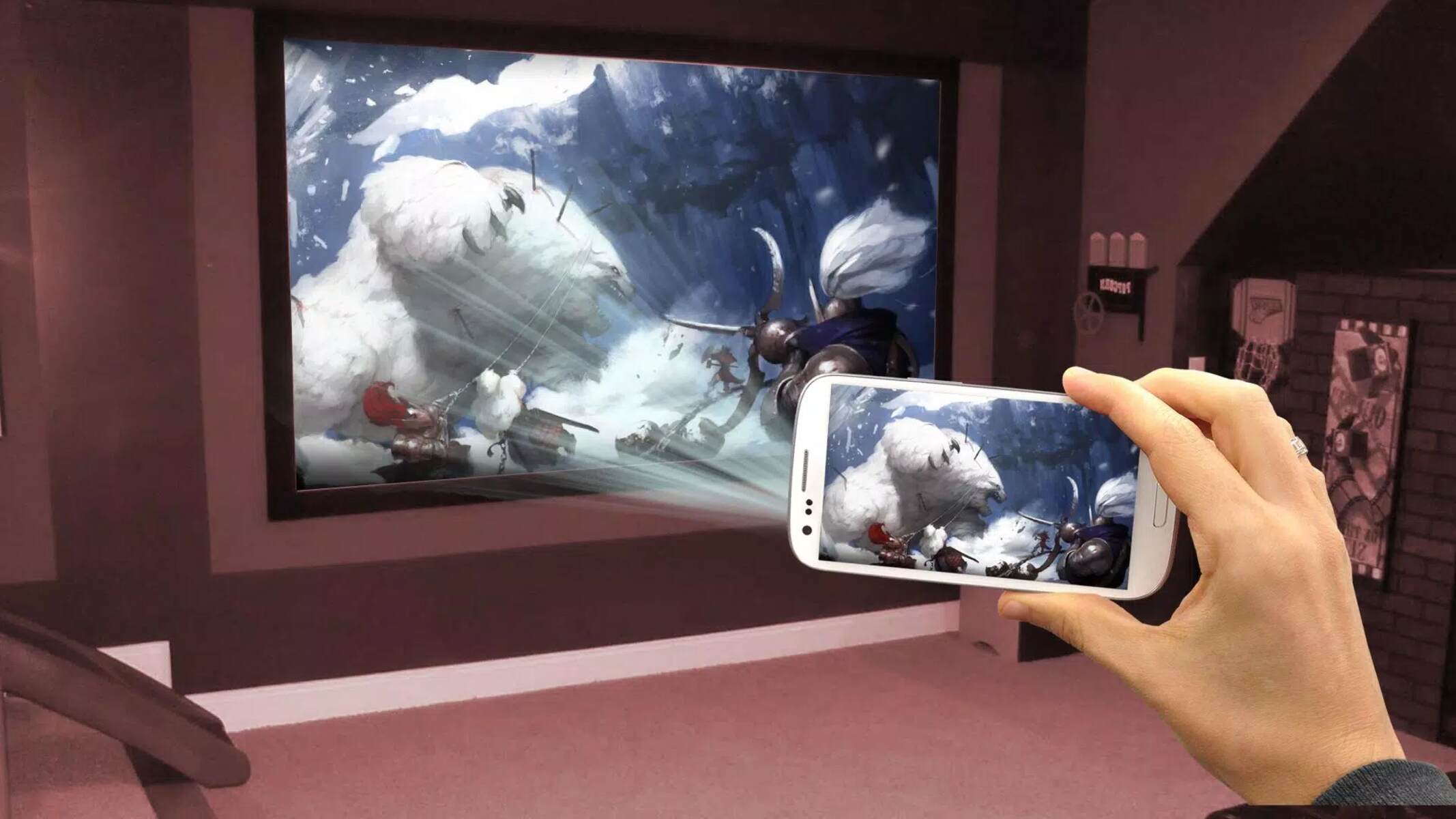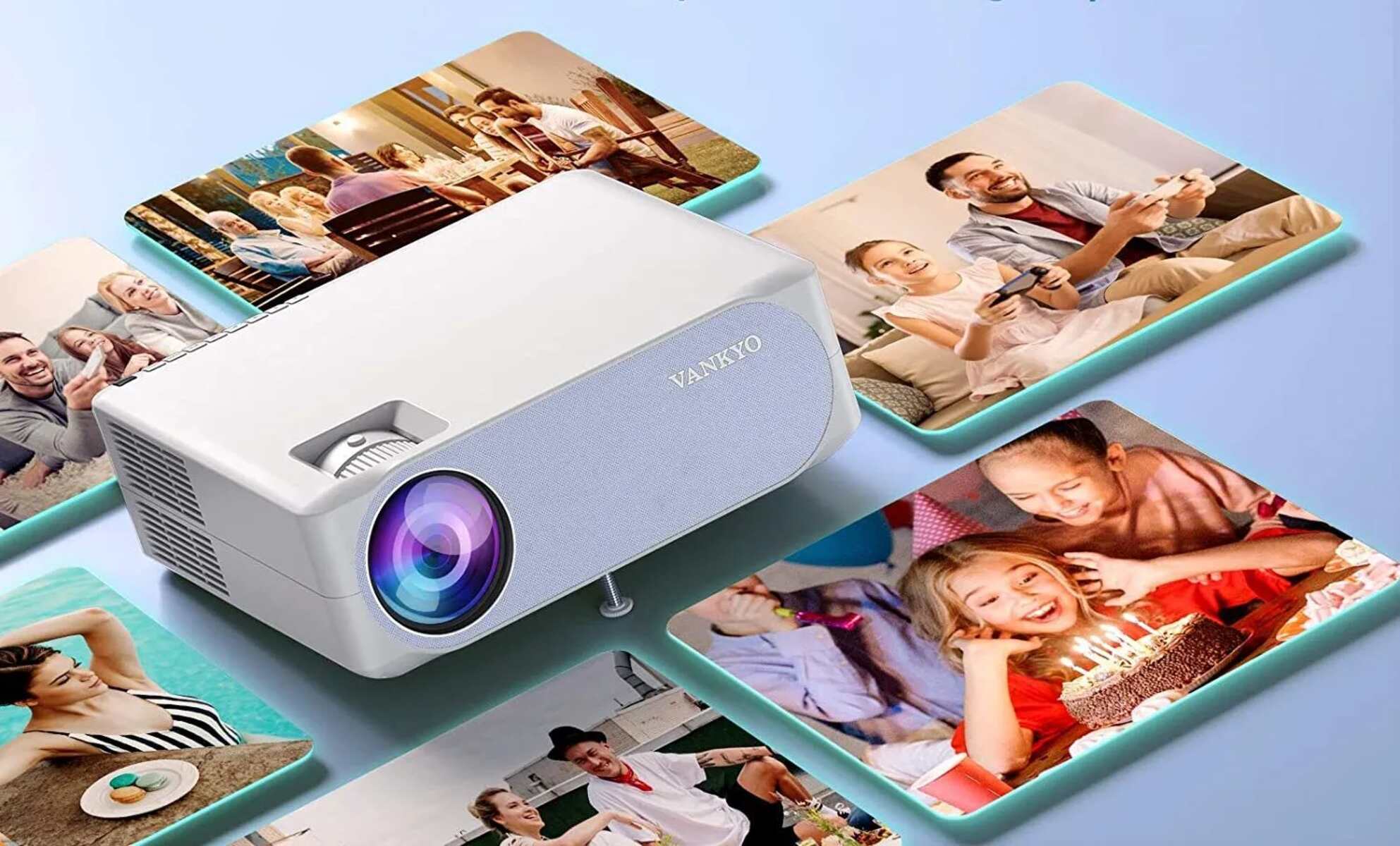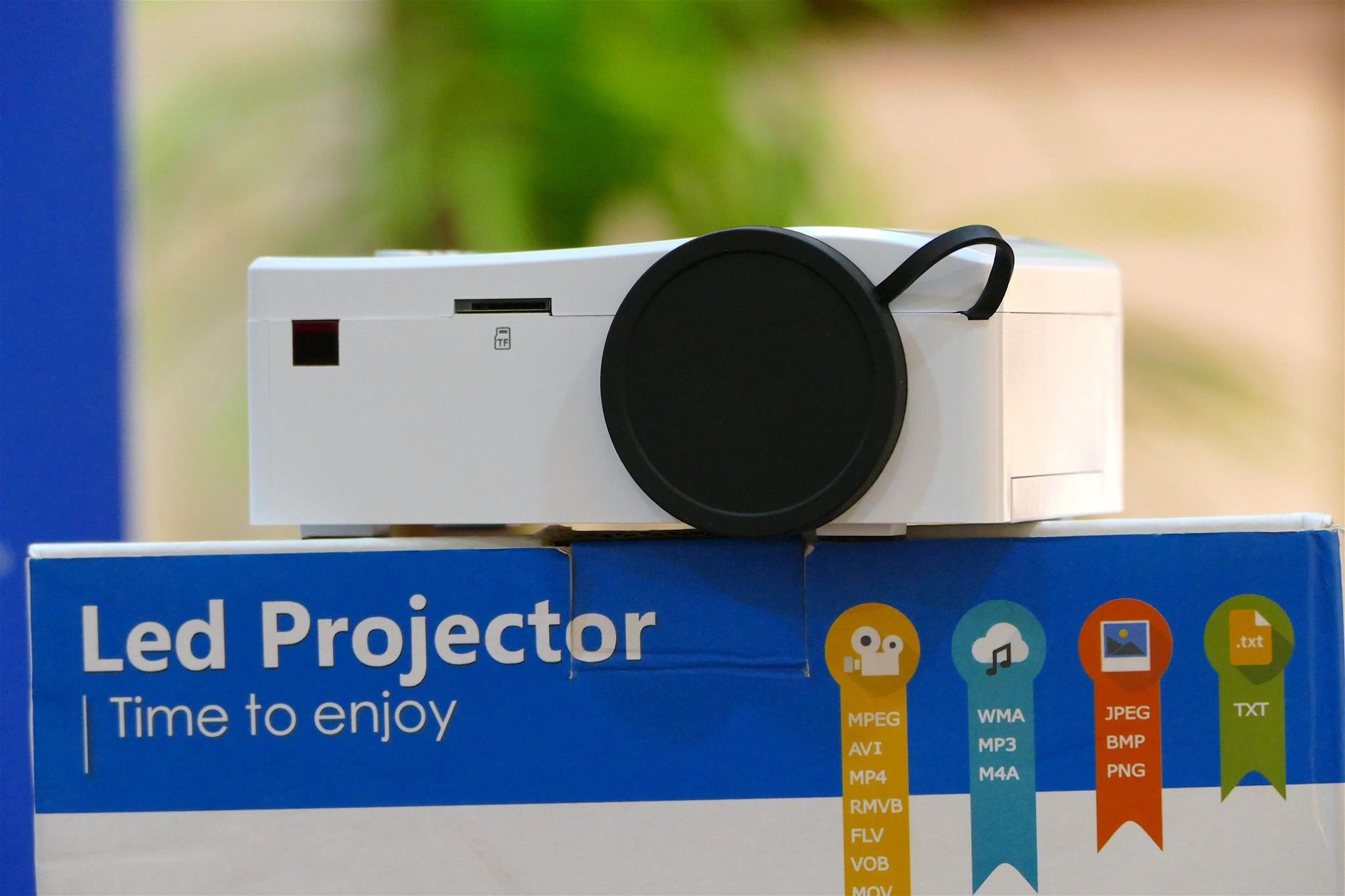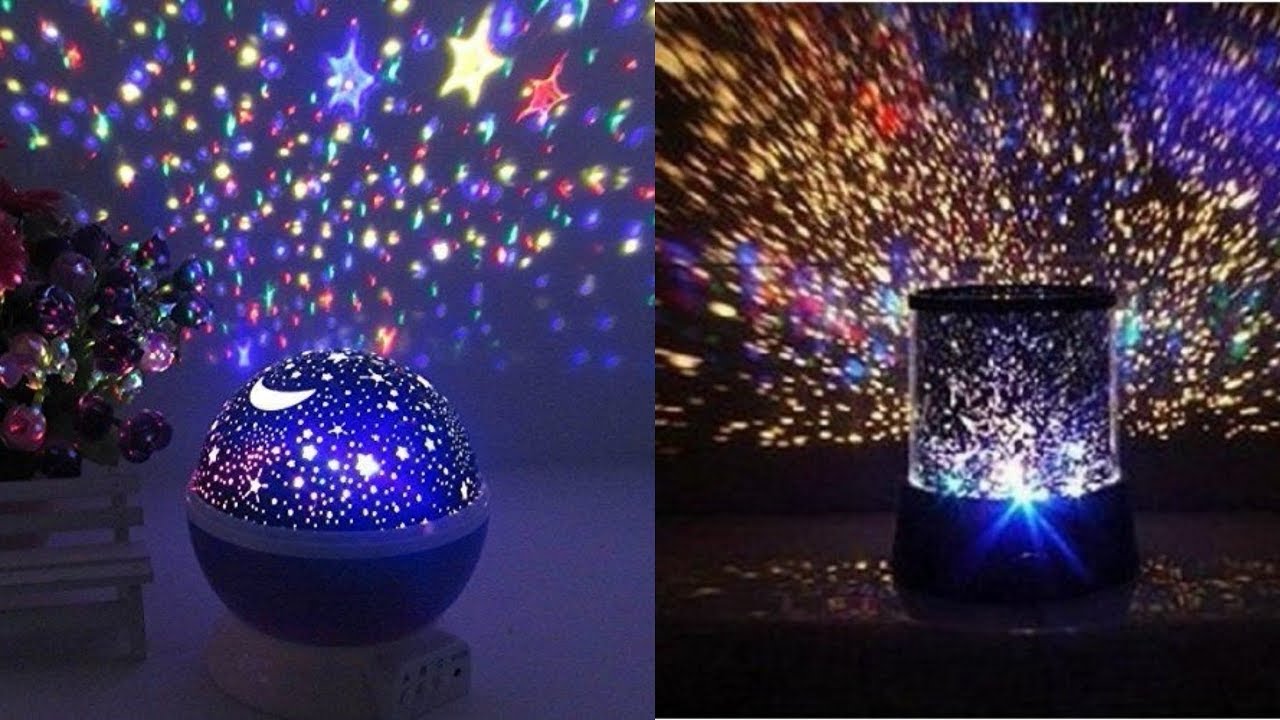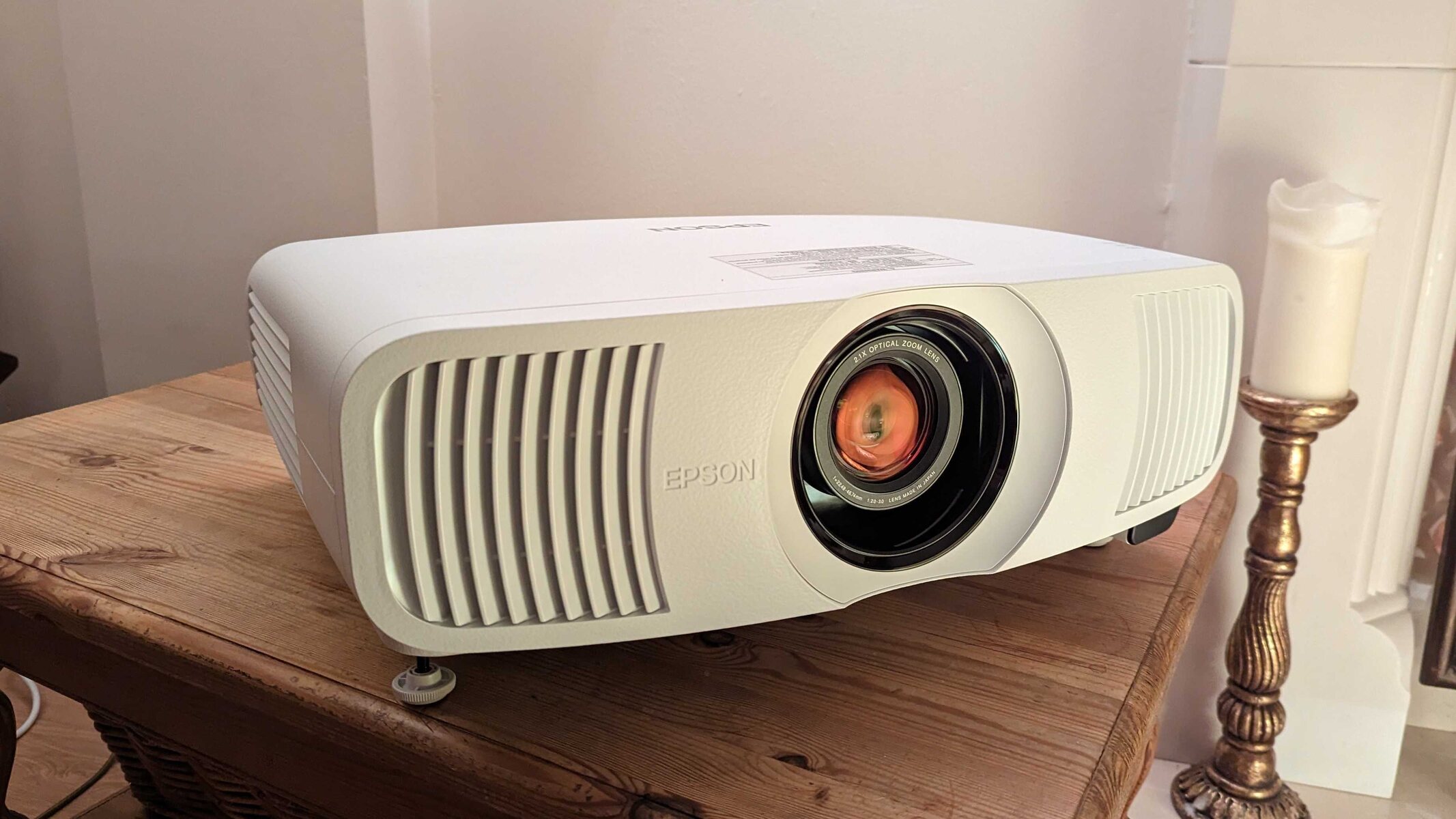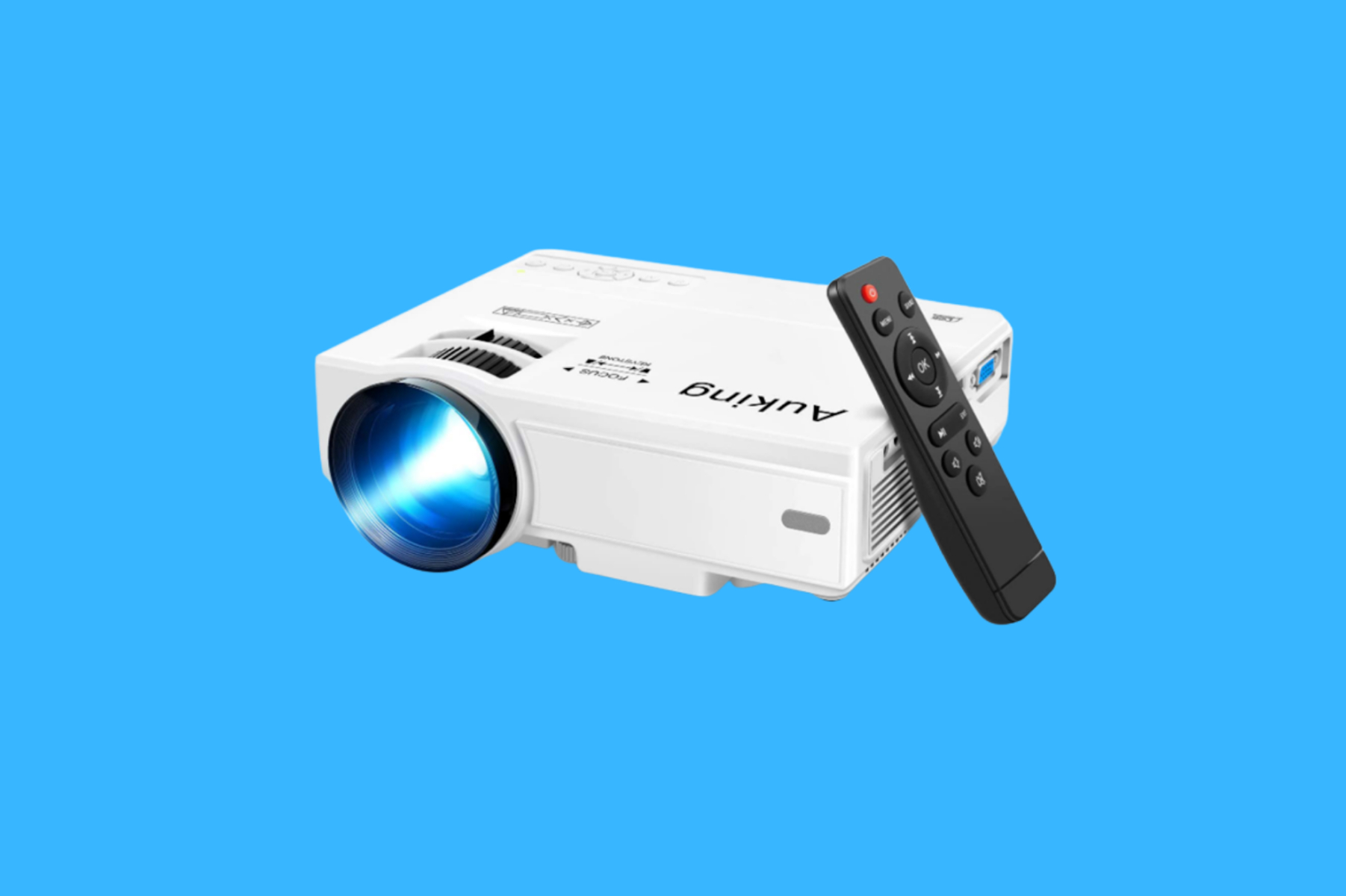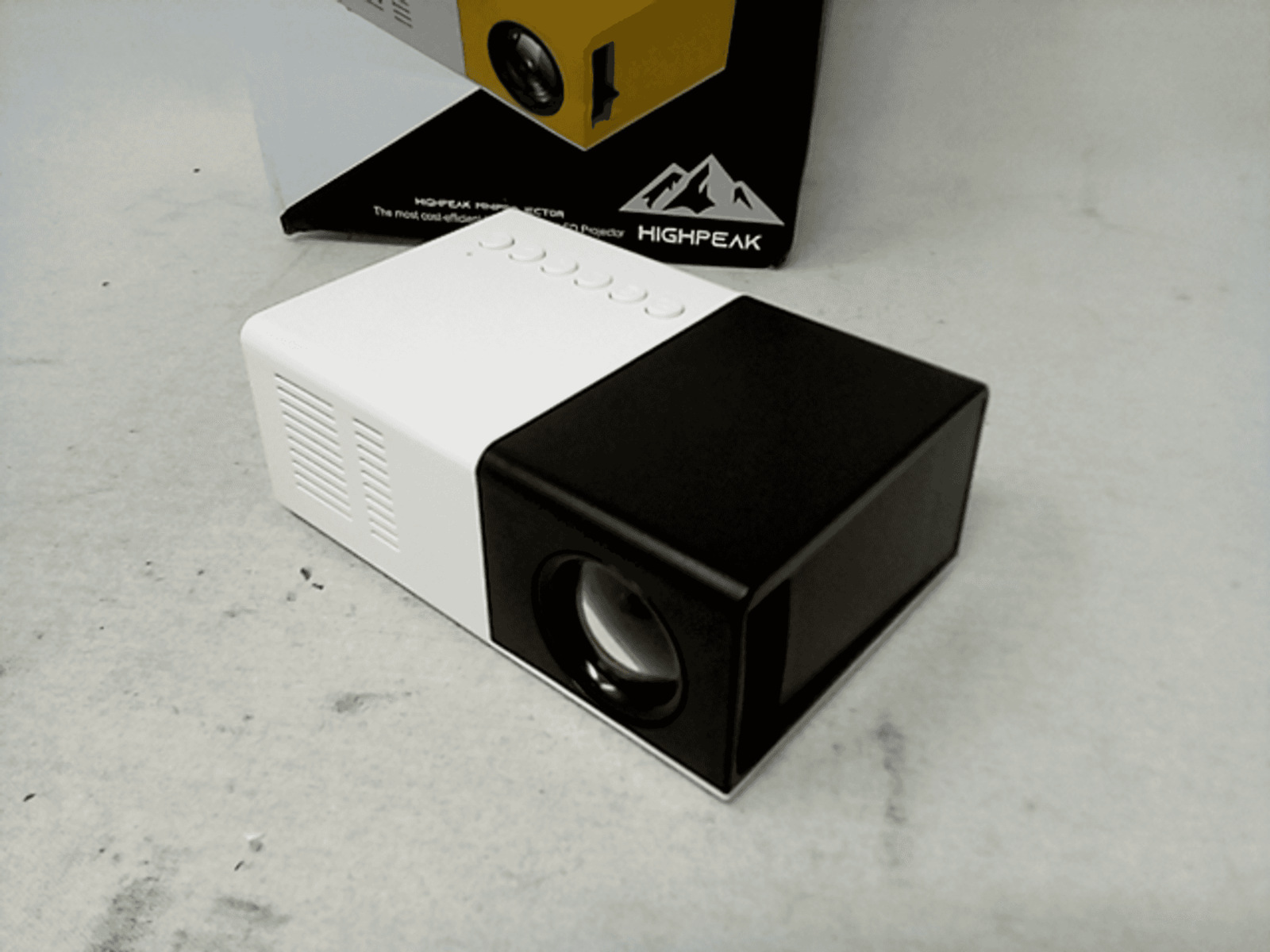What is Flash Projector?
Flash Projector is a standalone application that allows you to play Flash files (SWF) on your computer without the need for a web browser. Developed by Adobe, Flash Projector provides an efficient and convenient way to view Flash content offline or on a local machine.
Flash files are commonly used for multimedia presentations, interactive games, animations, and more. With Flash Projector, you can enjoy these Flash creations in a self-contained player that offers a seamless viewing experience.
Unlike web browsers that require a plugin or extension to play Flash content, Flash Projector is a self-executable program that eliminates the need for additional installations or updates.
Flash Projector also offers enhanced performance and compatibility with Flash content, ensuring smooth playback and accurate rendering of complex animations and interactive elements.
Moreover, Flash Projector allows you to customize various settings and preferences, such as screen size, quality, and more, to optimize the viewing experience according to your requirements.
Flash Projector supports both Windows and Mac operating systems, making it accessible to a wide range of users. Whether you’re a content creator, developer, or simply an enthusiast, Flash Projector provides a versatile and user-friendly solution for viewing Flash files on your computer.
Benefits of Using Flash Projector
Flash Projector offers several advantages that make it a preferred choice for playing Flash files. Here are some of the key benefits:
- Offline Viewing: With Flash Projector, you can play Flash files offline, eliminating the need for an internet connection. This is especially useful when you want to access Flash content in areas with limited or no internet connectivity.
- Improved Performance: Flash Projector is designed to provide enhanced performance for playing Flash content. It offers smoother playback, minimizing lags and ensuring optimal performance even for complex animations and interactive elements.
- Customization Options: Flash Projector provides various customization options to tailor the viewing experience according to your preferences. You can adjust screen size, quality settings, and other parameters to optimize the display based on your specific needs.
- Security: Flash Projector offers a more secure way to view Flash files as it runs the content in a separate standalone player, keeping it isolated from your web browser. This reduces the risk of potential vulnerabilities associated with browser plugins or extensions.
- Compatibility: Flash Projector is compatible with a wide range of Flash files, ensuring that you can play almost any SWF file without compatibility issues. This allows you to access diverse types of Flash content, including games, presentations, animations, and more.
- Convenience: Flash Projector provides a hassle-free way to play Flash files by eliminating the need for a web browser. With its standalone player, you can launch Flash content directly, saving time and effort compared to accessing it through a browser.
Whether you’re a content creator, a developer, or a user who enjoys Flash content, utilizing Flash Projector can enhance your overall experience by providing offline access, improved performance, customization options, enhanced security, compatibility, and convenience.
How to Download Flash Projector
Downloading Flash Projector is a straightforward process. Here’s a step-by-step guide:
- Open your preferred web browser and go to the Adobe Flash Player download page.
- Scroll down to the “Still having problems?” section and click on the “Projector” link.
- On the Projector page, select your operating system from the drop-down menu. You can choose between Windows or Mac.
- Once you have selected your operating system, click on the “Download” button to initiate the download.
- The Flash Projector installation file will start downloading. The download time may vary depending on your internet connection speed.
- Once the download is complete, locate the downloaded file on your computer.
- Double-click on the downloaded file to start the installation process.
- Follow the on-screen instructions to complete the installation of Flash Projector. Make sure to review and accept the license terms.
- Once the installation is finished, you will have Flash Projector successfully downloaded and installed on your computer.
It’s important to download Flash Projector directly from the Adobe website to ensure that you get the latest and most secure version of the software. By following these steps, you can have Flash Projector ready to play Flash files on your computer in no time.
Installing Flash Projector on Windows
If you’re using a Windows operating system, follow these steps to install Flash Projector:
- Locate the downloaded Flash Projector installation file on your computer.
- Double-click on the installation file to start the installation process.
- Read and accept the license terms to proceed with the installation.
- Choose the destination folder where you want to install Flash Projector. The default location is typically the “Program Files” folder on your main drive.
- Click on the “Install” button to begin the installation process.
- Wait for the installation to complete. This may take a few moments.
- Once the installation is finished, you will see a confirmation message indicating that Flash Projector has been successfully installed.
- Click on the “Finish” or “Close” button to exit the installation wizard.
After completing these steps, Flash Projector will be installed on your Windows computer. You can now launch the program and start playing Flash files by opening them directly with Flash Projector.
If you encounter any issues during the installation process, make sure to check your system requirements and ensure that your Windows operating system is up to date. Additionally, you may need administrative privileges to successfully install the software.
By following these simple steps, you can enjoy the benefits of Flash Projector on your Windows computer and easily access and play Flash content offline or on your local machine.
Installing Flash Projector on Mac
If you’re using a Mac operating system, follow these steps to install Flash Projector:
- Locate the downloaded Flash Projector installation file on your Mac.
- Double-click on the installation file to start the installation process.
- A pop-up window will appear asking if you want to open the installation package. Click “Open” to continue.
- Read and accept the license terms to proceed with the installation.
- When prompted, enter your administrator password to authorize the installation.
- Click on the “Install” button to begin the installation process.
- Wait for the installation to complete. This may take a few moments.
- Once the installation is finished, you will see a confirmation message indicating that Flash Projector has been successfully installed.
- Click on the “Close” button to exit the installation wizard.
After completing these steps, Flash Projector will be installed on your Mac. You can now launch the program and start playing Flash files by opening them directly with Flash Projector.
If you encounter any issues during the installation process, ensure that your Mac meets the system requirements for Flash Projector and that you have the necessary administrative privileges to install software.
By following these simple steps, you can enjoy the benefits of Flash Projector on your Mac and easily access and play Flash content offline or on your local machine.
Launching Flash Projector
Once you have successfully installed Flash Projector on your computer, you can easily launch the application and start playing Flash files. Here’s how:
- Locate the Flash Projector icon on your desktop or in your installation folder.
- Double-click on the Flash Projector icon to launch the application.
- Alternatively, you can right-click on the Flash Projector icon and select “Open” from the context menu.
- After launching Flash Projector, you will see a blank screen with a menu bar at the top.
- You can now open a Flash file by either clicking on “File” in the menu bar and selecting “Open” or by dragging and dropping the Flash file directly onto the Flash Projector window.
Once you have opened a Flash file, it will start playing within the Flash Projector window. You can interact with the Flash content using the controls provided by the Flash file itself.
It’s important to note that Flash Projector only plays Flash files with the .swf extension. If you have a different file format, such as an FLV video file, Flash Projector will not be able to play it.
Furthermore, Flash Projector opens Flash files without any browser-specific features or functionality. This results in a pure playback experience without distractions or interference from browser extensions or plugins.
By following these simple steps, you can effortlessly launch Flash Projector and start enjoying your favorite Flash content on your computer.
Configuring Flash Projector Settings
Flash Projector provides various options and settings that you can customize to enhance your viewing experience. Here’s how you can configure Flash Projector settings:
- Launch Flash Projector on your computer.
- Click on “Edit” in the menu bar at the top of the Flash Projector window.
- A drop-down menu will appear with different options.
- From the menu, you can choose “Preferences” or “Settings” to access the configuration options.
- In the Preferences or Settings window, you will find different tabs or sections that allow you to modify various aspects of Flash Projector.
- Common settings you can adjust include screen size, quality, security settings, and more.
- Explore the different tabs or sections to find the specific settings that you want to configure.
- Make the desired changes and adjustments according to your preferences.
- Once you have modified the settings, click on the “OK” or “Apply” button to save the changes.
By customizing the settings in Flash Projector, you can optimize the viewing experience based on your preferences and requirements. For example, you can adjust the screen size to fit your display, change the quality settings for better performance, or enhance the security settings for a safer viewing environment.
It’s important to note that the available settings may vary depending on the version of Flash Projector you are using. It is recommended to explore the different options and experiment with the settings to find the configuration that suits your needs best.
By configuring the settings in Flash Projector, you can personalize your viewing experience and make the most out of your Flash content playback.
Opening a Flash File with Flash Projector
To open and play a Flash file (.swf) using Flash Projector, follow these simple steps:
- Launch Flash Projector on your computer.
- Next, click on “File” in the menu bar at the top of the Flash Projector window.
- A drop-down menu will appear.
- From the menu, select “Open” to browse for the Flash file you want to play.
- Navigate to the location where the Flash file is saved on your computer.
- Select the desired Flash file and click on the “Open” button.
- Flash Projector will start playing the selected Flash file instantaneously.
Alternatively, you can also open a Flash file by simply dragging and dropping the .swf file onto the Flash Projector window. This method provides a quick way to open and play Flash files.
Once the Flash file is opened with Flash Projector, it will start playing according to its design and functionality. You can interact with the Flash content using the controls provided within the Flash file itself, such as buttons, menus, or interactive elements.
It’s important to note that Flash Projector can only play Flash files with the .swf extension. If you have a different file format, it will not be compatible with Flash Projector.
By following these simple steps, you can easily open and play your preferred Flash files using Flash Projector for an immersive and seamless viewing experience.
Understanding Flash Projector Controls
When playing Flash files with Flash Projector, you will encounter various controls that allow you to navigate and interact with the content. Here’s a breakdown of the common Flash Projector controls:
- Play/Pause: This button allows you to start or pause the playback of the Flash file. Clicking it once will start the animation, and clicking again will pause it.
- Stop: The stop button allows you to halt the playback of the Flash file and return to the beginning.
- Volume: The volume control enables you to adjust the sound level of the Flash file. You can increase or decrease the volume using a slider or buttons.
- Full Screen: The full-screen button allows you to expand the Flash content to fill your entire screen. This can provide a more immersive experience, especially for games and interactive content.
- Navigation: Depending on the Flash file, you may have navigation buttons or menus that help you explore different sections or scenes within the content. These buttons can include next, previous, or jump to specific parts of the Flash file.
- Interaction: Flash files often contain interactive elements such as buttons, checkboxes, or sliders. These controls enable you to interact with the content, triggering actions or changing the displayed information.
- Context Menus: Right-clicking within the Flash Projector window may bring up a context menu that provides additional options specific to the Flash file, such as adjusting image quality, accessing settings, or saving the file.
It’s important to note that the specific controls and functionalities within a Flash file can vary depending on the design and interactivity implemented by the Flash developer.
By familiarizing yourself with these common Flash Projector controls, you can effortlessly navigate through Flash content and fully engage with the interactive elements and features provided by the Flash file.
Troubleshooting Flash Projector Issues
While Flash Projector is a reliable application for playing Flash files, you may encounter some issues or errors from time to time. Here are some common troubleshooting steps you can take to resolve any problems:
- Check Flash Projector Version: Ensure that you have the latest version of Flash Projector installed on your system. Visit the Adobe website to download and install the most up-to-date version.
- Update Flash Player: Flash Projector relies on Flash Player to play Flash files. Make sure that you have the latest version of Flash Player installed on your computer. Update it from the Adobe Flash Player website.
- Restart Flash Projector: Sometimes, issues can be resolved by simply closing and reopening Flash Projector. Close the application and relaunch it to see if the problem persists.
- Check File Compatibility: Confirm that the Flash file you are trying to play is in the correct .swf format. Flash Projector only supports .swf files and cannot play other file formats.
- Clear Cache: If you are experiencing performance issues or glitches, try clearing the cache of Flash Projector. This can help resolve issues related to temporary files or data conflicts. Go to the preferences or settings of Flash Projector and locate the option to clear the cache.
- Disable Browser Extensions: If you have any browser extensions or plugins related to Flash, try disabling them temporarily. Sometimes, conflicts between extensions and Flash Projector can cause playback issues.
- Check System Requirements: Ensure that your computer meets the minimum system requirements for running Flash Projector and playing Flash files. Insufficient system resources can lead to performance issues or crashes.
- Seek Support: If you have tried the above steps and are still experiencing problems, seek assistance from the Adobe support forums or contact Adobe customer support for further guidance.
Keep in mind that as technology evolves, Flash content is being phased out in favor of newer web standards. Therefore, certain issues may arise due to compatibility or limitations of Flash Projector. It is recommended to explore alternative solutions for playing and interacting with multimedia content.
By following these troubleshooting steps, you can resolve common issues and enjoy a smooth and seamless experience when using Flash Projector to play Flash files.







